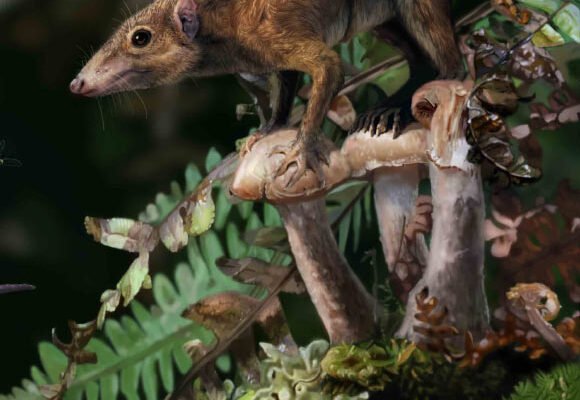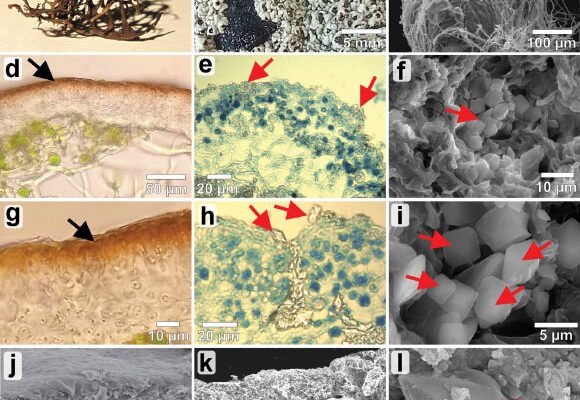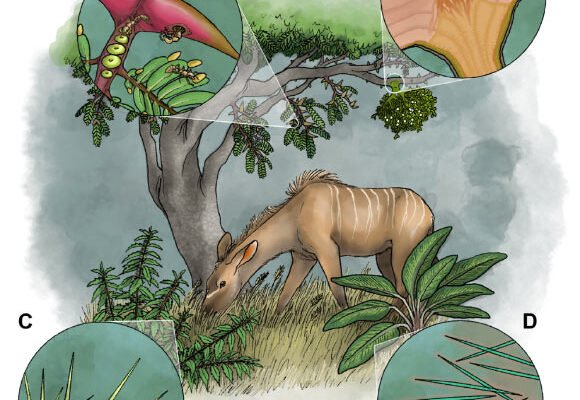
Mammals Became More Terrestrial Towards End of Cretaceous Period, Study Shows
New research from the University of Bristol provides evidence that many mammals were already shifting toward a more ground-based lifestyle leading up to the end-Cretaceous mass extinction that wiped out non-avian dinosaurs 66 million years ago. Dryolestes, a Late Jurassic relative of Cretaceous therian mammals. Image credit: James Brown / Pamela Gill / University of…















